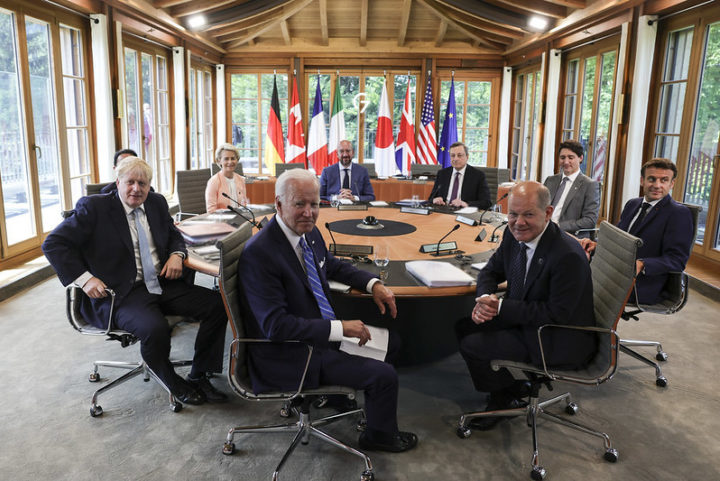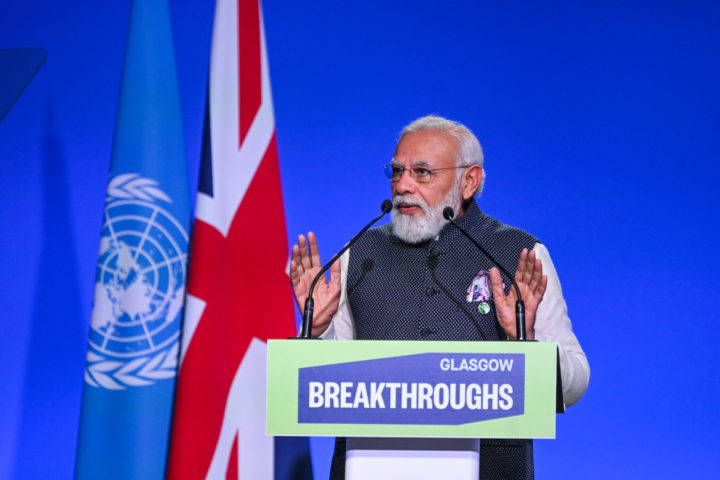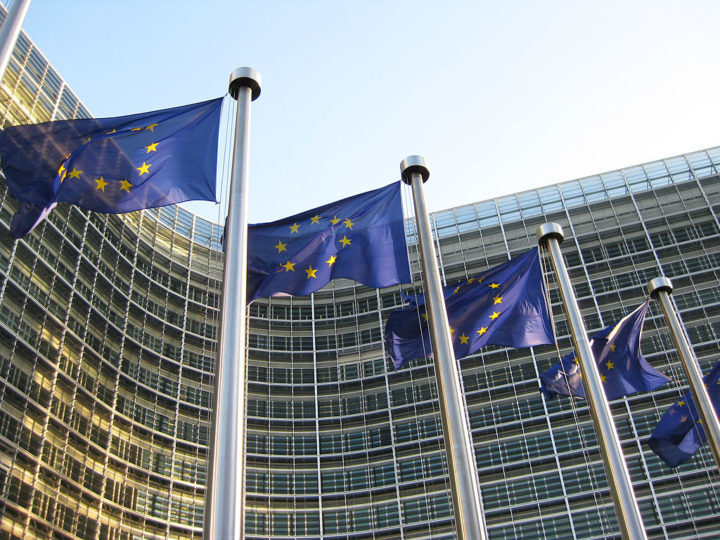Clean solutions to fossil-fuelled global problems
Solutions to current global crises are as interlinked as the crises themselves, with climate action at the heart of those solutions, and likely to trump short-term surges in fossil fuels.

By Gareth Redmond-King
@gredmond76Share
Last updated:
As climate, security, energy, food and cost of living crises fuel one another, it is increasingly clear that oil, gas and coal will not solve problems caused by volatile and rising prices of oil, gas, and coal. As global money follows global commitments to keep warming to 1.5°C, it is cheaper, cleaner, homegrown renewables that attract investment. Which may well mean that short-term surges in alternative sources of fossil fuels are likely to be outstripped by faster and more ambitious climate action to solve these crises for the medium and long-term.
Security in a crisis
There is no shortage of comment on the Russian war in Ukraine tipping the world the wrong way on fossil fuels and climate action. We saw it again last month at the G7 leaders’ meeting in Germany, considering the food/energy/climate/war poly-crisis facing the world.

The first role of political leaders is to keep their people safe. In a world of war, grain shortages, and energy price shocks, that means feeding people, and keeping the lights on. Sanctions against Russia, coupled with Russian constraint of gas flows to Europe have inevitably pushed countries to turn urgently towards alternative fossil fuel supplies.
As the IPCC warns of a rapidly-closing window to maintain a liveable planet, and shows climate impacts worse than expected and getting more dangerous, that is undeniably worrying.
But surges in supply to replace Russian fossil fuels are not the whole picture. For three important reasons:
- Money, globally, is following international commitments to keep warming to 1.5°C
- Stronger climate commitments can outrun short-term fossil fuel surges.
- All these crises are inter-connected – as are their solutions.
1. Money following global commitment…
The world signed up to the Paris Agreement in 2015 and, just eight months ago at COP26, strengthened those promises and undertook to increase commitments to keep warming to 1.5°C.
G7 leaders just reaffirmed all that, even if they didn’t, as hoped, go harder on the commitments made by their environment Ministers just a few weeks ago. All G7 countries have reasonably strong commitments to cut emissions to 2030, and achieve net-zero by 2050. None are moving fast enough, none is in line with 1.5°C, and none has yet enhanced their nationally-determined contribution (NDC) to the Paris Agreement, since COP26. But neither are any of them backing away from this, even if collectively, their attention is more immediately on war, energy supplies and food.
Investment – private, public and from multi-lateral development banks – is following those commitments. The biggest emitters are committing big money to climate action.

In India last year, 89% of new capacity added to the grid was from renewables, and the government is committed to half of all power generation by 2030 being from those sources, en route to net-zero by 2070.
China accounted for two-fifths of the huge global growth in renewables last year, with 26GW of new offshore wind in 2021 dwarfing the amount installed globally over the last five years.
The US is similarly pursuing large offshore wind projects, including one led by two major oil and gas companies.
We’ve also seen elections in Australia throw out a government that was weak on climate, and elect not just a government committed to stronger action, but also a slew of independent MPs who stood on a climate platform. In Germany, states are required to allocate land for offshore wind farms as part of their commitment to a completely renewable power sector by 2035. And in heavily coal-dependent Poland, the government has upped their target for renewables installed by 2040 by a fifth.
This is not just following those international commitments to 1.5°, but also funnelling money away from expensive and volatile fossil fuels – often controlled by … ‘less than reliable’ regimes – and towards renewables as cheaper, cleaner, more reliable, and with better returns on investment
2. Further, faster, sooner on climate action

As nations move to reduce exposure to oil and gas price volatility, and bring down costs – particularly as they race to end Russian dependence – they are making urgent plans to build more clean energy.
We have seen that most obviously in the European Union, with their RE-Power Plan. Renewables deployment targets are going up, as barriers to rapid deployment come down; and measures to reduce demand will cut energy use. All of which will reduce their exposure to expensive fossil fuels, that are driving inflation and energy bills sky-high.
At the same time, with the threat of Russian gas being turned off, they are seeking short-term replacement oil and gas. They need to keep the lights on, and ensure that Europeans can stay warm this winter.
But these short-term surges in oil from Nigeria or gas from Israel can be trumped by the faster switch to renewables. Meaning these plans can, now, start to be translated into more ambitious NDCs – as promised at COP26 in Glasgow, ahead of COP27 in Sharm el-Sheikh.
3. Inter-linked solutions
What we are also seeing increasingly starkly is how inter-linked these crises are. Wheat exports have reduced more as a result of droughts in India, US and France, than from the Russian invasion of Ukraine. Energy prices were spiralling upwards last year, long before the war, in part from supply and demand mismatch in post-covid recovery. There is also clear UK evidence that household energy bills would have been much lower if renewables deployment had been faster, and insulation of homes had continued.
Climate impacts, caused by fossil fuels whose supplies are so easily manipulated to drive prices up and cause economic harm, are hitting food supplies and prices, even as a war fuelled by fossil fuel profits hits supply chains harder.
Replacement of expensive and volatile fossil fuels with clean, cheap, homegrown renewables can cut emissions to avoid the most devastating climate impacts on food and other crucial supply chains. Renewables cut energy bills whilst ensuring greater security of supply, taking national energy on/off switches out of the hands of dictators. This not only eases pressure on national economies, but creates jobs and delivers related benefits, such as reducing healthcare costs.
The solutions are as interlinked as the crises themselves. And enhanced climate action will trump short-term surges in fossil fuel use.